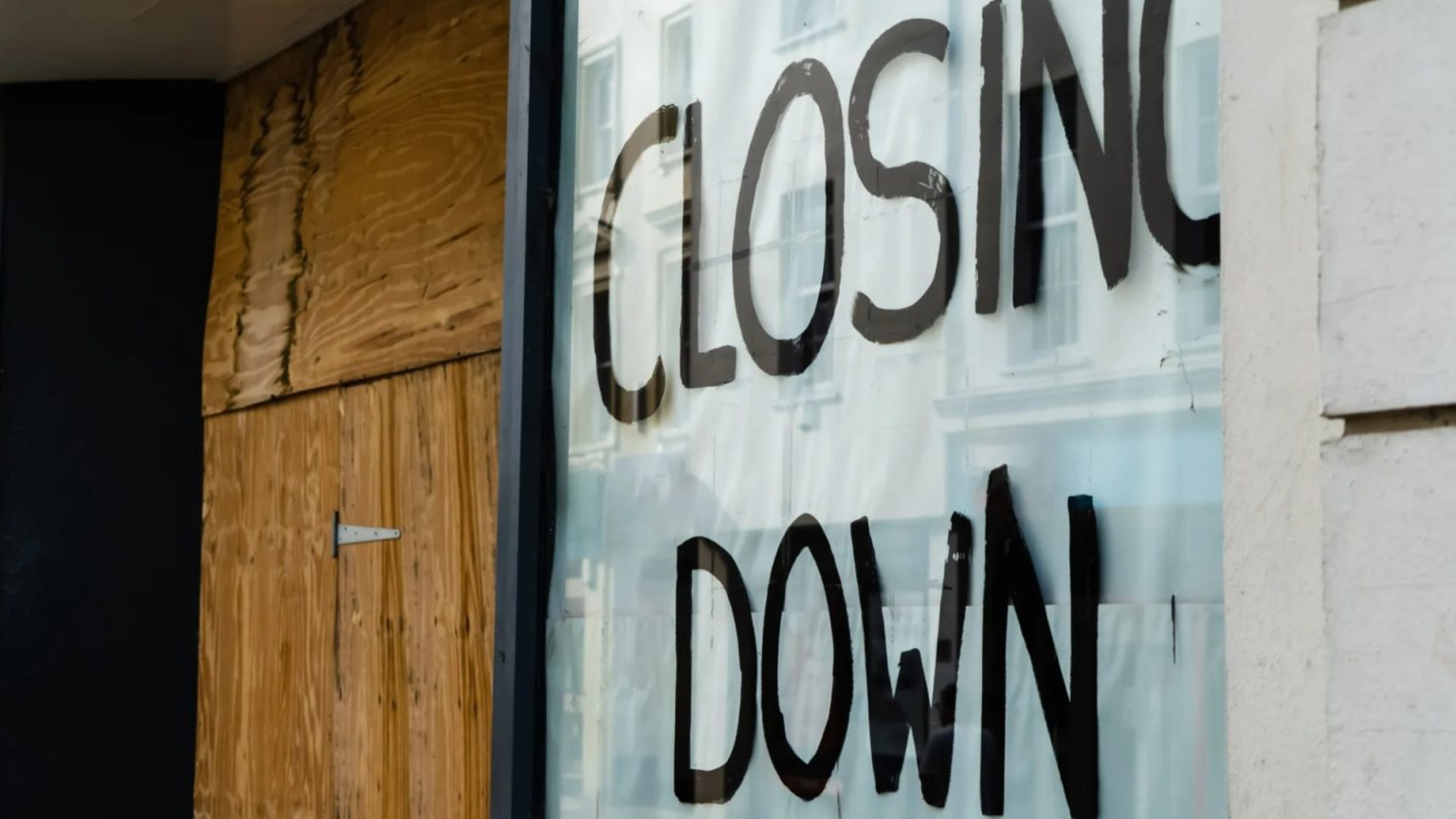The Closure of Sainsbury’s Foss Bank Superstore: A Reflection of Shifting Retail Landscapes
After more than four decades serving the York community, Sainsbury’s Foss Bank superstore closed its doors for the final time on a recent evening. The closure, announced in March of the previous year, marked the end of an era for both employees and loyal customers who had frequented the store since its opening in 1984. Sainsbury’s attributed the decision to the expiration of their lease, a common occurrence in the ever-evolving retail landscape. The closure comes amidst a wave of similar shutdowns across the retail sector, reflecting broader trends impacting brick-and-mortar stores, including the rise of online shopping, escalating operational costs, and shifting consumer preferences.
The Foss Bank closure elicited a mixture of disappointment and nostalgia from local shoppers, many of whom expressed their dismay on social media platforms. The sense of loss resonated deeply within the community, highlighting the role the supermarket played in the daily lives of many. Sainsbury’s acknowledged the impact on its workforce and emphasized its commitment to supporting affected employees by offering redeployment opportunities within the company. The online grocery operations previously handled by the Foss Bank store were transferred to the Monks Cross branch, ensuring continued service for online shoppers. While the closure represents a setback for the immediate vicinity, Sainsbury’s expressed intentions to open new stores in York, inviting customer input on potential locations, suggesting a commitment to maintaining a presence in the city.
The Broader Context of Retail Closures
The closure of the Sainsbury’s Foss Bank store is not an isolated incident. Across the UK, high streets are grappling with increasing vacancies, often a visible symptom of declining town centers. Several interconnected factors contribute to this trend, most notably the increasing prevalence of online shopping. The convenience and accessibility of e-commerce platforms have fundamentally altered consumer behavior, drawing customers away from physical stores and impacting sales figures in brick-and-mortar locations. This shift has been exacerbated by escalating operational costs, including rising staff wages and energy expenses, making it increasingly challenging for retailers to maintain profitability.
Beyond online competition and rising costs, the evolving dynamics of urban spaces also play a role in retail closures. The migration of shoppers towards retail parks, driven by factors such as free and readily available parking, in contrast to often-expensive town center parking schemes, has further contributed to the decline of high street retail. Retailers are responding by strategically relocating to these out-of-town locations, often seeking larger premises in higher-performing retail parks. This trend is exemplified by retailers like Next and Marks & Spencer, who have closed high street stores in favor of expanding their presence in retail parks, reflecting a strategic response to changing consumer patterns.
Beyond Individual Closures: The Larger Retail Landscape
The retail sector has faced numerous challenges in recent years, with the pandemic serving as a significant disruptor. Lockdowns forced temporary closures, impacting revenue streams and accelerating the shift towards online shopping. The subsequent surge in energy costs further strained retailers’ budgets, compelling many to implement cost-cutting measures, including store closures. While supermarkets, providing essential goods, have generally weathered the storm better than other retail sectors, they too are subject to the prevailing economic pressures. Examples such as Asda’s expansion plans, involving new store openings and conversions, demonstrate the ongoing adaptation within the grocery sector.
However, not all retailers have fared as well. Recent examples, such as The Body Shop entering administration and announcing significant store closures, and Boots revealing its plans to shutter numerous locations, underscore the challenges facing the broader retail industry. Even seemingly stable sectors, like banking and charities, are experiencing closures, with major banks announcing branch shutdowns and organizations like Oxfam confirming store closures, reflecting the widespread impact of these economic and societal shifts.
The Future of the High Street and Retail Adaptation
The closure of Sainsbury’s Foss Bank store, while a local event, exemplifies the wider transformation occurring within the retail landscape. The convergence of online shopping, rising costs, and changing consumer habits has created a challenging environment for brick-and-mortar stores. Retailers are adapting by focusing on online platforms, relocating to retail parks, and streamlining their operations. While the future of the high street remains uncertain, retailers are actively seeking strategies to navigate these challenges and redefine their relationship with consumers in the evolving retail environment. This involves understanding and responding to changing consumer preferences, embracing digital technologies, and creating compelling in-store experiences to attract and retain customers.
The Impact on Communities and the Search for Solutions
The closure of high street stores like Sainsbury’s Foss Bank has a ripple effect on local communities. The loss of jobs, reduced foot traffic, and the diminished vibrancy of town centers are all significant concerns. The challenge lies in finding sustainable solutions to revitalize these spaces and adapt to the changing retail paradigm. This requires a collaborative effort involving local councils, businesses, and community members to reimagine the role of the high street and create spaces that meet the evolving needs of the community. Exploring innovative approaches, such as mixed-use developments, community hubs, and experiential retail, may be key to ensuring the long-term viability of these vital community spaces. The future of the high street depends on a willingness to adapt, innovate, and create new models that align with the changing realities of the retail landscape.




